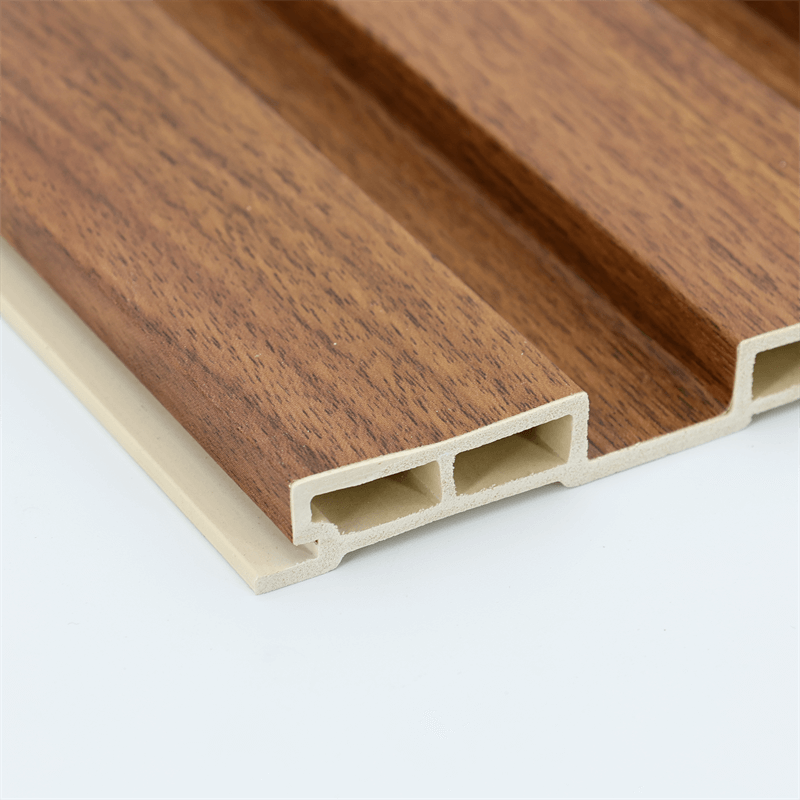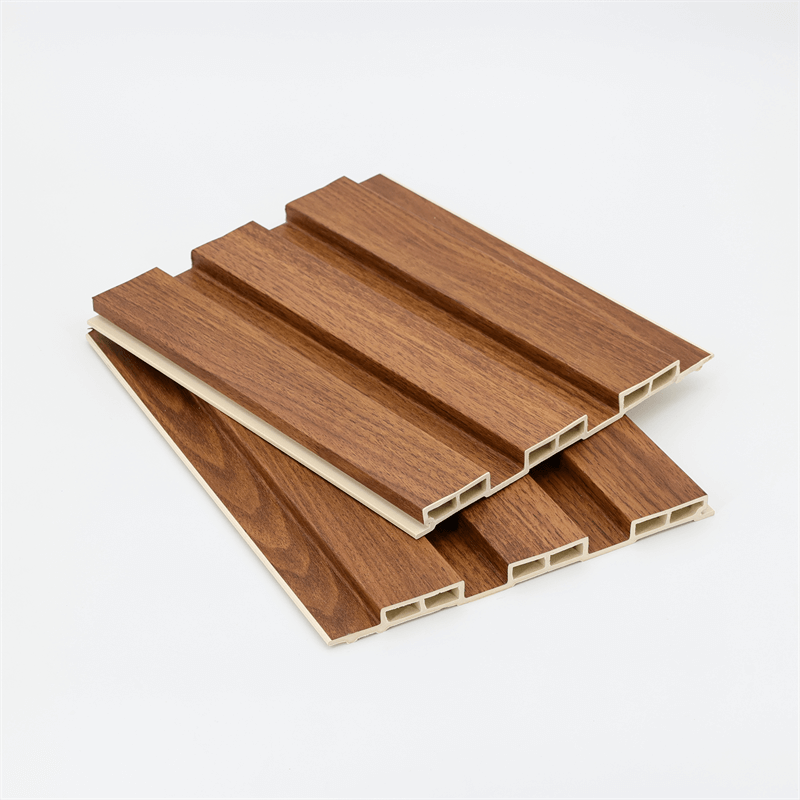In an era of increasing environmental awareness and the need for sustainable building practices, energy efficiency has emerged as a key consideration in construction and design.
Building materials play a crucial role in achieving energy-efficient buildings, and Wood-Plastic Composite (WPC) wall panels have gained prominence as a green building solution.
This essay explores how WPC wall panels contribute to enhancing energy efficiency, the benefits they offer in terms of sustainability, and their impact on the overall environmental footprint of buildings.
I. Understanding Energy Efficiency in Buildings
To appreciate the significance of WPC wall panels in enhancing energy efficiency, it is essential to understand the concept and importance of energy efficiency in buildings.
- Energy Consumption in Buildings: Buildings account for a substantial portion of global energy consumption.
- They are responsible for consuming significant amounts of electricity and fossil fuels for heating, cooling, lighting, and other operational needs.
- Energy Efficiency: Energy efficiency refers to the ability of a building or its components to utilize energy resources efficiently.
- Energy-efficient buildings minimize energy waste, reduce greenhouse gas emissions, and lower utility costs.
- They achieve this through various measures, including the use of energy-efficient materials and technologies.
II. The Role of WPC Wall Panels in Enhancing Energy Efficiency
WPC wall panels offer unique properties that contribute to enhancing energy efficiency in buildings, making them a sustainable and green building solution.
- Thermal Insulation: WPC wall panels provide excellent thermal insulation properties, reducing heat transfer between the interior and exterior of a building. This insulation helps to maintain stable indoor temperatures, minimizing the need for excessive heating or cooling. By reducing energy demands for climate control, WPC wall panels significantly contribute to energy efficiency.
- Air Tightness: WPC wall panels, when properly installed, create a tight seal that prevents air leakage. This air tightness minimizes heat loss in winter and heat gain in summer, reducing the reliance on HVAC systems and improving overall energy efficiency.
III. Benefits of Energy Efficiency with WPC Wall Panels
The use of WPC wall panels to enhance energy efficiency offers numerous benefits, both for the building occupants and the environment.
- Reduced Energy Consumption: By improving thermal insulation and air tightness, WPC wall panels reduce the need for artificial heating and cooling. This leads to a significant reduction in energy consumption, lower utility bills, and decreased reliance on fossil fuel-based energy sources.
- Increased Comfort: Energy-efficient buildings with WPC wall panels provide a more comfortable living or working environment. They maintain stable indoor temperatures, reducing temperature fluctuations and drafts, and creating a pleasant and comfortable space for occupants.
- Environmental Sustainability: WPC wall panels contribute to environmental sustainability by reducing greenhouse gas emissions and the overall carbon footprint of buildings. By minimizing energy consumption, buildings with enhanced energy efficiency help combat climate change and promote a more sustainable future.
IV. Applications of WPC Wall Panels in Energy-Efficient Buildings
The applications of WPC wall panels in enhancing energy efficiency are extensive, encompassing various types of buildings and construction projects.
- Residential Buildings: WPC wall panels can be utilized in residential construction, including single-family homes, apartments, and affordable housing. By integrating these panels into the building envelope, residential buildings can achieve improved thermal performance and energy efficiency.
- Commercial and Office Spaces: Commercial buildings, such as offices, retail spaces, and institutional facilities, can benefit from WPC wall panels to enhance energy efficiency. The reduced energy consumption leads to cost savings and aligns with corporate sustainability goals.
- Green Building Projects: WPC wall panels are often used in green building projects aiming for high levels of energy efficiency and sustainability. These projects, such as LEED (Leadership in Energy and Environmental Design) certified buildings, prioritize energy-efficient materials and technologies to minimize environmental impact.

In the pursuit of sustainable building practices and energy-efficient designs, WPC wall panels offer a valuable solution to enhance energy efficiency in buildings.
Their thermal insulation and air tightness properties significantly reduce energy consumption, resulting in lower utility costs, increased occupant comfort, and a reduced environmental footprint.
By incorporating WPC wall panels, buildings can achieve higher levels of energy efficiency, contributing to global efforts to combat climate change and promote a greener future.
The applications of WPC wall panels extend to residential, commercial, and green building projects, making them a versatile and sustainable choice for a wide range of construction applications.
Embrace the use of WPC wall panels as a green building solution, and unlock the potential to create energy-efficient buildings that prioritize sustainability, occupant comfort, and environmental stewardship.
Through their contribution to energy efficiency, WPC wall panels play a vital role in shaping a more sustainable built environment for generations to come.
In conclusion, WPC wall panels provide an effective solution for enhancing energy efficiency in buildings, making them a valuable component of green and sustainable construction practices.
By improving thermal insulation and air tightness, these panels reduce energy consumption, lower utility costs, increase occupant comfort, and contribute to environmental sustainability.
The benefits of energy efficiency with WPC wall panels extend to various types of buildings, including residential, commercial, and green building projects.
Whether it’s a cozy home, an office space, or a LEED-certified building, incorporating WPC wall panels helps minimize energy waste and reduce the carbon footprint, aligning with global efforts to combat climate change and create a greener future.
Embracing WPC wall panels as a green building solution allows us to create energy-efficient buildings that prioritize sustainability, occupant comfort, and environmental stewardship.
By choosing these panels, we can contribute to a more sustainable built environment while enjoying the benefits of reduced energy consumption and lower utility costs.
As we continue to strive for sustainable development, it is crucial to prioritize energy efficiency in building design and construction.
WPC wall panels provide a practical and effective means to achieve this goal, offering both environmental and economic advantages.
Let us seize the opportunity to embrace the energy-saving properties of WPC wall panels and play our part in creating a more sustainable and energy-efficient future.
By making conscious choices in building materials and design, we can contribute to a greener world while reaping the benefits of reduced energy consumption, improved comfort, and lower environmental impact.


